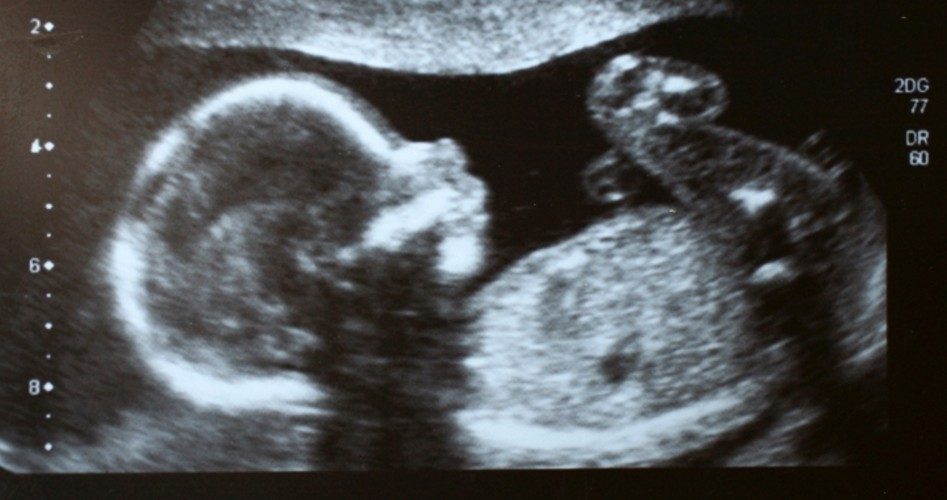
Podcast: Play in new window | Download ()
Subscribe: Android | RSS | More
Lawmakers in New Zealand are looking to pass radical pro-abortion legislation that would virtually allow abortion on demand until birth with few restrictions and would create “safe spaces” outside of abortion clinics to protect women from pro-life advocates.
The New York Times notes that abortion is technically illegal in New Zealand under the 1961 Crimes Act, but has been widely available to women who make the required claims about risks to their physical or mental health. But legislation proposed by Justice Minister Andrew Little would make some radical changes to existing abortion law, including removing abortion from the Crimes Act and treating it as a health issue.
Last October, New Zealand’s Law Commission released a report entitled “Alternative Approaches to Abortion Law” at Little’s request. The report recommended three alternatives to New Zealand’s existing law: abortion on demand without restriction, abortion on demand with some restrictions, or abortion on demand until 22 weeks, with exceptions made for abortions after 22 weeks. Little’s legislation appears to have opted for the third alternative with just a slight change. If his law is successful, abortion will be made on demand for the first 20 weeks and will continue to be on demand after 20 weeks with some restrictions.
Under current New Zealand law, women may obtain abortions up to 20 weeks so long as they receive approval from two doctors and counseling. The proposed measure would legalize abortions up to 20 weeks on demand, without the requirement of a referral and the approval of two certifying consultants. Additionally, while counselling must continue to be offered to women seeking abortions, it would be non-mandatory.
Under the new proposal, a woman may still obtain an abortion after 20 weeks if her healthcare practitioner deems it to be appropriate based on her physical and mental health and well-being.
But pro-life advocates see the writing on the wall. Dr. Catherine Hallagan, chair of the NZ Health Professionals Alliance, argues the law is too broad and could allow abortions at “virtually any request.”
“The purpose of an abortion is to kill a human being who is small and vulnerable,” she stated. “It is not a health treatment in the usual sense.”
Right to Life’s Ken Orr made similar observations, calling the bill an “unprecedented attack on women and their precious unborn disguised as health care. Pregnancy is not a disease and abortion is not health care. This bill constitutes an increasingly lethal attack on the family, by attacking and killing its weakest and most vulnerable members, our unborn children.”
As for the rights of healthcare practitioners opposed to abortions, they may choose not to participate in abortions under the proposed measure, but still must refer women to the Ministry of Health for a list of practitioners who do provide them. And while practitioners cannot be dismissed strictly for objection to providing abortions, their employment can be terminated if the employer determines that the objections impact the practice’s ability to provide the service.
The proposed law also targets protests outside of clinics providing abortions by establishing “safe areas” within 500 feet of clinics wherein protests and demonstrations are prohibited. These areas are to be decided on a case-by-case basis, Life Site News reports. Little admits that the Law Commission’s report did not find enough evidence to justify such zones, but said he received enough complaints about inappropriate behavior during protests outside of clinics to warrant their inclusion in his proposal.
Pro-life group Family Life International believes much of the alleged inappropriate behavior referenced by Little comes not from pro-life demonstrators, but from pro-abortion activists.
“Where does he get his evidence from?” asked the organization’s director, Dame Colleen Bayer. “Many of our volunteers are elderly or parents with small children, hardly menacing.” Bayer adds that the majority of the demonstrations are merely a handful of people gathered on the opposite side of the road from the clinics. The larger gatherings, typically candlelight vigils, take place outside of office hours.
“Prayer volunteers often put up with disrespectful, loud, and abusive behavior by angry pro-abortion protestors and others on the street, but rarely complain,” she opines.
Bayer contends the purpose of the proposed safe spaces is to stop pro-life outreach because it has been so effective in saving unborn babies.
“Their mothers and fathers attest to this and are always extremely grateful that someone was there in their greatest hour of need,” she said.
Little defends his pro-abortion legislation, claiming it will “modernize” New Zealand law and bring the nation in line with “many other developed countries.”
But pro-life groups argue any laws that minimize the value of unborn life are not ones that should be modeled.
“Under the current law, an unborn child is at least afforded some recognition and minimal legal protection,” stated Family First spokesperson Gina Sunderland. “In contrast, these proposals will give the unborn child the same status as an appendix, tonsils or gall bladder — simply tissue removed as part of a ‘health procedure.’”
Sunderland pointed to a January poll conducted by Family First that found there was “strong support for the unborn child having human rights and being legally protected once a heartbeat was detected.”
Little’s bill is expected to be introduced in Parliament on Thursday for a preliminary vote. Because the vote has been designated a conscience matter, lawmakers are not required to cast their vote along party lines, according to the Times.



